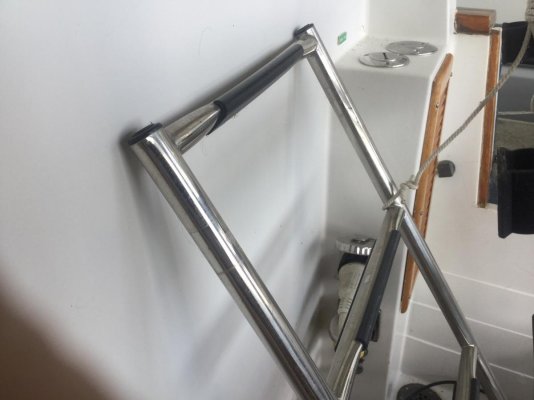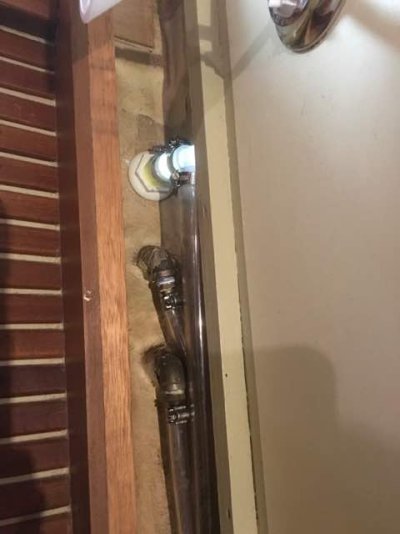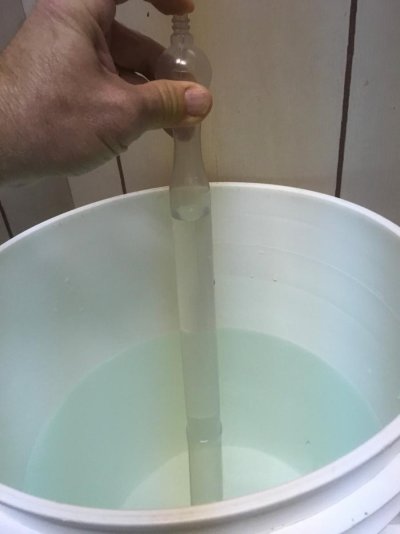JDCAVE
Guru
- Joined
- Apr 3, 2011
- Messages
- 2,906
- Location
- Canada
- Vessel Name
- Phoenix Hunter
- Vessel Make
- Kadey Krogen 42 (1985)
For background: This past spring, I replaced the "O" rings on all filler caps, both the water and fuel tanks. This summer, I noticed that there was a vacuum apparent when I opened the caps to fill the water tanks with air being sucked in upon opening. I interpreted this as a problem with my vent lines: they were blocked either at the thru hulls or somewhere down the line, causing negative pressure down the line. I have gone through an investigation of the vent lines and have concluded there are no blockages anywhere along the lines, either at the thru hull or the lines themselves to the tanks.
The only way I can think there will be a vacuum in the filler lines, is if there is a down-pipe into the tank, where the filler lines connect to the tank. So when the level of water in the tank falls with use, the water in the down-pipe remains above the water-line in the tank, creating a vacuum. The pressure is then equalized upon opening the filler cap. Is this interpretation correct?
Jim
The only way I can think there will be a vacuum in the filler lines, is if there is a down-pipe into the tank, where the filler lines connect to the tank. So when the level of water in the tank falls with use, the water in the down-pipe remains above the water-line in the tank, creating a vacuum. The pressure is then equalized upon opening the filler cap. Is this interpretation correct?
Jim



